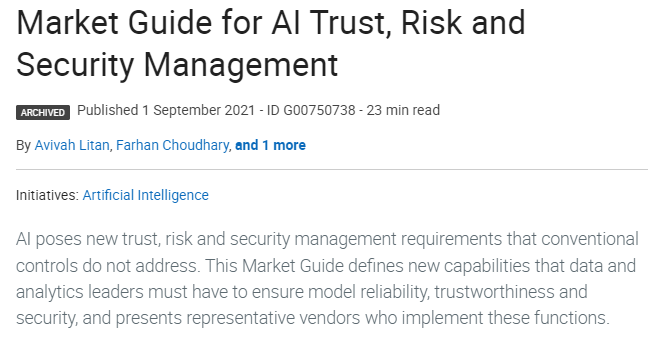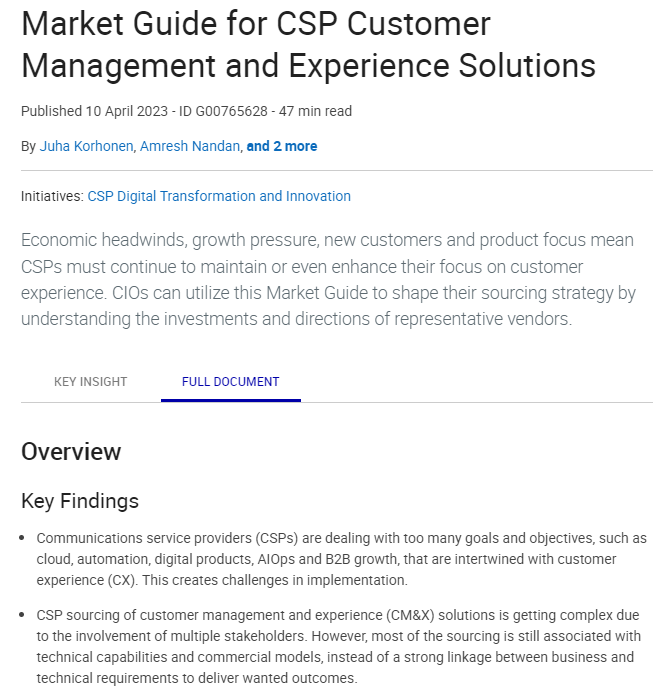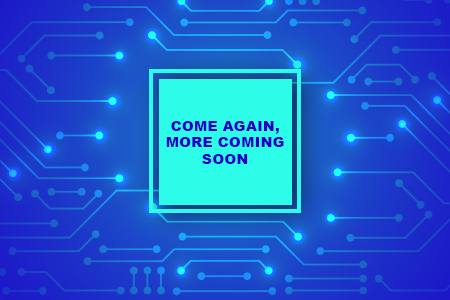Enabling Digital Zero-Touch Delivery Experiences
Enabling Digital Zero-Touch Delivery Experiences
Over the last few years, global market dynamics, industry demands, and consumer behaviour have changed at a rapid pace. On one hand, they are challenging the agility of the existing infrastructure to service the ever-growing market demands, while on the other they are making enterprises dig deeper internally to adopt different delivery models.
Zero-touch delivery (ZTD) is the process of delivering products or services to customers with low or no complex integrations between the delivery organisation and the service provider. It is a concept that offers advantages over traditional models and has gained momentum over the last few years with the main aim of eliminating the need for a human touch in the delivery process. The concept of ZTD, which is a part of the broader digital revolution, has been used by companies to provide an end-to-end solution for their customers. In addition to being more convenient for customers, ZTD also reduces business costs and improves efficiency significantly.
Increased Adoption
The pandemic has accelerated the adoption of zero-touch delivery, allowing businesses to respond to customers faster than ever before. The goal of zero-touch delivery is to reduce the number of steps taken by employees to handle customer service or deliveries, helping businesses to save money by eliminating expensive labour costs.
Given that the global pandemic has put the world on the back foot, the need and adoption of digital services have accelerated across all walks of life with the telecommunications industry benefitting the most. While the telecoms players are swiftly moving from traditional Communication Service Providers (CSP) to Digital Service Providers (DSP), another transformation that is gripping the telco industry is the shift from being a “telco” to a “techco”. Technology and Digital have put significant demands on service providers to adopt a faster time to market.
The zero-touch network strategy helps digitise and automate the entire customer lifecycle, and the result of this is less time-consuming and better utilised resources. The zero-touch network is essential for the success of telecom services. Any telecoms or data service generally requires a series of manual steps that are followed resulting in the activation or delivery of a service, and the rollout of a network solution or upgrade will usually apply the same basic principles.
These manual processes are time-consuming and costly, limiting the abilities of a service provider. Therefore, the replacement of these manual processes with automation is universally welcomed. Zero-touch delivery, i.e., the ability to automatically deliver a service, is an outcome of completely automated business processes that require minimal manual operations or intervention.
Product companies, services, and systems integration service providers are grappling with this situation in trying to decide when, where, and how to invest to get the full benefits of digitisation and business agility. An organisation’s ability to significantly improve agility is a multi-pronged approach. Many organisations and their management consider delivery agility to be a siloed approach where a well-thought-through investment in automation, tools, and agile processes in the delivery and engineering organisation will reap the desired benefit. Smart organisations have adopted a holistic approach to automation, process simplifications, workflow management, and investing in the right tools that cut across cross-functional business entities.
Cross-functional business entities

Enterprise agility and automation is a much broader topic that brings about real business and delivery agility which includes automation of the entire sales, presales, and bid management process with limited or zero touch intervention. The activities in a bid management process feed into the engineering and delivery organisation by way of business and functional compliance, commercial and contractual commitments, program scope, and the tracking of KPIs against business objectives.
However, the biggest investments in automation, tools, and processes have been in product R&D, solutions delivery, and service operations. With the number of tools and products mushrooming, engineering and delivery managers are spoilt for choice. But choosing the right tool is still a challenge for many enterprise CTOs. Given the fact that a lot of progress has been made in delivery engineering, automation has become the single biggest buzzword in the industry. Automation has many facets within an organisation and here are some examples:
Requirements Management
- ,
- Mature and super agile organisations have moved from long drawn-out management processes with customers to more effective offerings which include an option to pick and choose from a catalogue of services, experiences, and outcomes. This is easy to say but needs significant discipline within the teams to create and maintain the catalogue. This helps in creating and promoting the reuse of out-of-the-box features, such as standardisation, faster time to delivery, and most importantly – commercial realisation. Better automatedscope management saves 25-35% of the delays and cost overruns caused in IT programs due to challenges in scope alignment and business acceptance.
Choice of Architecture standards & a data-driven approach
- Adopting a cloud-native architecture helps in building a robust, sustainable suite by tapping into the proven stable cloud services from the provider leaving the delivery teams the space to focus on the implementation of business solutions and less on the platform and its architecture.
- An API-driven, microservices architecture is the most sought-after approach in the current world since this gives the organisation the ability to scale through partnership, and marketplace integration through industry standard specifications. In the telecom world, the TMF Open API framework and compliance aims to drive a synergised integration of multi-vendor products through a seamless process of data integration.
- In the modern telecoms provider ecosystem, there is a multitude of complex integration points across diverse vendors and vendor products, technologies, and databases. A well thought through North and South bound API driven approach will enable faster integration, reduce failure points, provide flexibility for 3rd party Service providers, and extend the platform services beyond the standard features.
- Automation and standardisation in data modelling is another critical area of engineering and delivery agility to scale to deliver multiple customer business scenarios with diverse data sets – but if the data models are well defined and automated, the scope for errors reduce significantly.
Low Code/No Code Build, Test & Release
- If there is an area in software development that is loaded with automation and tools, it is the one most focused on the area of building, test, and release management. The more an organisation adopts an automated approach, the faster the delivery cycles, the lower the cost of rework, and the better the quality and customer experience.
- One area that is receiving a lot of attention is the Low Code / No Code platform-enabled service delivery that enables the excellent capability to build such an application. While there are platforms like Appian, Quickbase, DWKit, and Mendix that offer both, a lot of architecture thinking must go through creating the right functional and integration design to enable the usage of Low Code/ No Code platform services.
- Building Dynamic UI frameworks reduces the effort spent in customization of the front end for an application while automating the workflow process using the likes of Camunda, Zeebee, Integrify, Appian, and much more to speed up the design of complex workflows. This helps in reusing and extending the framework rapidly.
- The bulk of customer requirements revolves around the business rules, integration points, and usage of such tools in building a reusable and configuration-based business rules workbench.
- Enabling the entire application or systems build for various business processes gets extremely complex if not managed via a robust CI/CT/CD release management tool that covers the entire continuous process of build, integration, testing, and deployment using containerised deployment. Tools like Docker, Rancher, Helm Charts, Jenkins, Bamboo, GitLab, and Travis CI provide a host of features for adopting automated CI/CD.
- Building in one critical part of the lifecycle but testing and validation of a solution becomes the critical endpoint in the life cycle. Adopting automation in the test cycle cuts across a unit, functional, integration, systems integration, data migration, UI, performance, security, platform, and reliability – Adopting a unified strategy to Test and Release automation forms the core decision point of faster release cycles. Rich tools sets are available for delivery teams to build automation suites – a few of the preferred ones being Selenium, IBM Rational, Cucumber, SilkTest, HP WinRunner, LoadRunner, Apache JMeter, SoapUI, Postman, Robot Framework, and SonarQube.
- While many enterprises focus on the development side of automation, test, demo, release, integration testing, environment configuration, management, and deployment calls for multiple automation frameworks to be built. While scripting is the most preferred route by many developers, container-based environment builds are the most adopted one with Docker/Rancher and Helm charts and Yaml files providing the ability to build environments at a rapid pace.
While Zero Touch Delivery to build the scale of operations is every organisation’s goal, it must be achieved through a series of processes, tools, training, commitment, and transformed mindset of every employee to bring the best productive use of an automation driven delivery, to enable minimal touch points in the solutions build. Zero-touch delivery is not a destination, it’s a journey to achieve a rapid scale of delivery to customers.
ABOUT THE AUTHOR

Ramaseshan Subramanian
Vice President - Global Delivery
Ram is the Vice President, Value Engineering, and a part of Core Management Board at Tecnotree. Keeping the customer delight as the prime goal, he leads the global delivery of product solutions and services for Digital Service Providers.



















